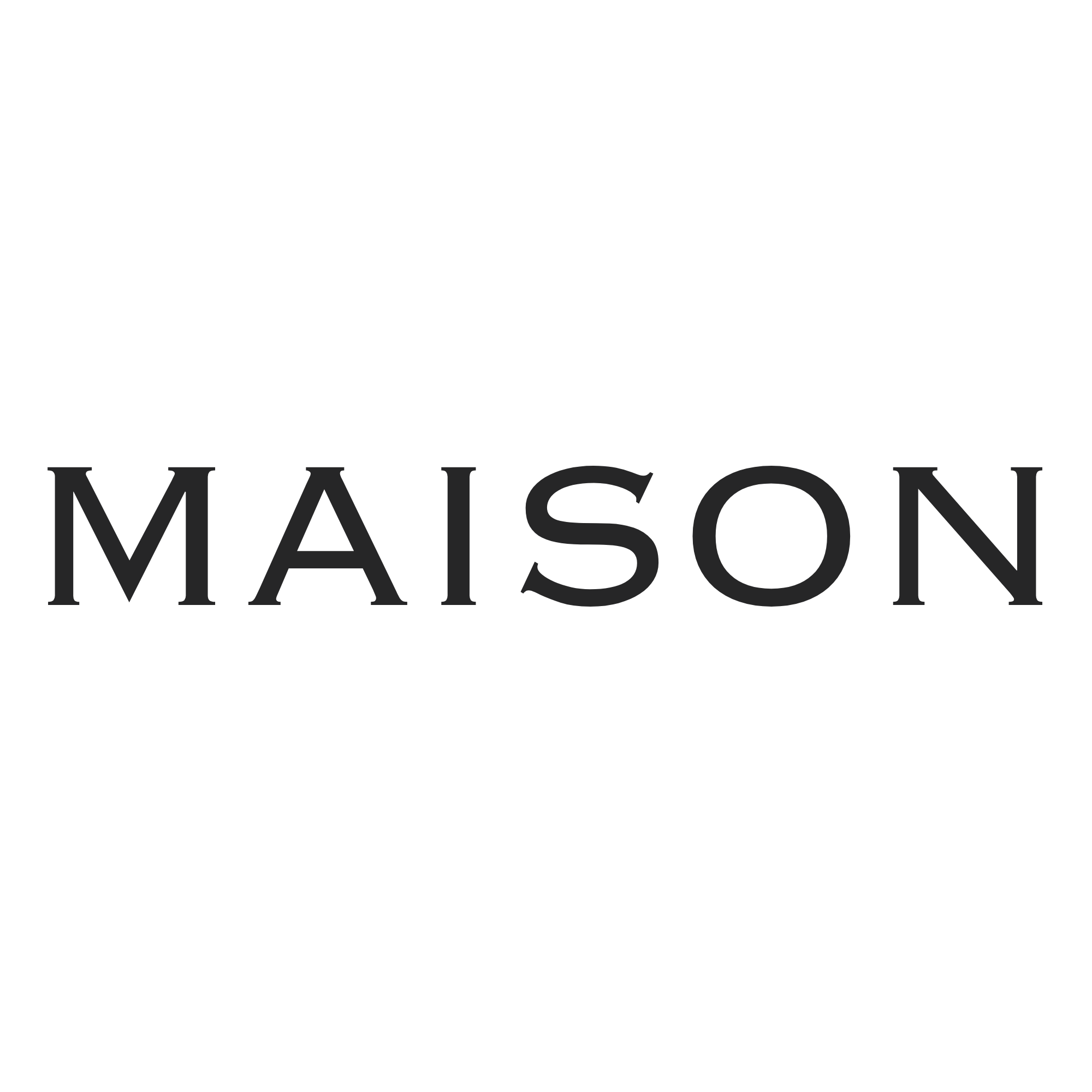How Color Psychology Shapes Community Spaces and Urban Well-Being
1. Introduction: Extending the Dialogue – From Memory to Well-Being in Urban Spaces
Urban environments are more than just concrete and steel; they are living tapestries woven with sensory experiences that influence our daily emotions and overall mental health. While much attention has been given to how urban design can evoke nostalgia or preserve local identities, recent insights in color psychology reveal that the strategic use of color extends beyond memory recall, actively shaping our emotional states and community resilience. Building upon the foundational understanding presented in The Science Behind Color and Sweet Memories in Modern Towns, this article explores how color acts as a powerful tool to foster well-being and social cohesion in community spaces.
- The Psychological Impact of Color in Community Spaces
- Color as a Catalyst for Social Identity and Inclusivity
- Environmental and Sensory Considerations in Color Application
- Technological Innovations and Future Trends in Color Design for Urban Well-Being
- Practical Guidelines for Urban Planners and Designers
- Bridging Back to the Parent Theme: Color, Memory, and Urban Identity
2. The Psychological Impact of Color in Community Spaces
Colors in urban environments are not merely aesthetic choices; they evoke specific emotional responses that can strengthen social bonds and promote mental health. For instance, studies have shown that blue hues in public parks can induce calmness and reduce anxiety, fostering a sense of safety and relaxation. Conversely, warm colors like yellow and orange are associated with energy and social warmth, encouraging community interactions.
A notable example is the redesign of the High Line Park in New York City, where deliberate use of greens and soft earth tones creates a tranquil atmosphere that encourages visitors to linger, relax, and connect. Such color choices are grounded in research indicating that exposure to certain hues can lower cortisol levels and promote feelings of well-being.
“Color influences our emotional states more profoundly than often acknowledged, shaping how communities experience and interact within shared spaces.”
Case Studies of Urban Color Strategies
| City / Space | Color Strategy | Impact |
|---|---|---|
| Copenhagen | Use of blue and green shades in parks | Enhanced relaxation and social interaction |
| Melbourne | Vibrant reds and yellows in public plazas | Increased activity and engagement |
3. Color as a Catalyst for Social Identity and Inclusivity
Colors can serve as visual expressions of cultural identity, helping communities preserve their heritage while fostering a shared sense of belonging. For example, vibrant murals and color schemes inspired by local textiles or historical landmarks can reinforce community pride and attract tourism.
Moreover, thoughtful use of color can bridge social divides. In multicultural neighborhoods, integrating a diverse palette that reflects different cultural aesthetics promotes inclusivity and mutual respect. An illustrative project is the Colorful Crossings Initiative in Toronto, where crosswalks feature colors representing the city’s diverse cultural communities, turning everyday routes into symbols of unity.
“Color is a universal language that, when used intentionally, can bridge social gaps and celebrate diversity.”
Designing for Diversity
- Incorporate cultural motifs and color schemes inspired by local heritage
- Engage communities in selecting color palettes to ensure relevance
- Use contrasting yet harmonious colors to accommodate visual diversity
4. Environmental and Sensory Considerations in Color Application
The effectiveness of color in urban spaces depends on environmental factors such as natural light, climate, and surrounding textures. For example, in high-latitude regions with limited sunlight, brighter and warmer tones can counteract seasonal affective disorder, boosting mood during winter months.
Similarly, urban designers must consider how environmental conditions alter color perception. Matte finishes in humid climates prevent glare, while reflective surfaces in arid zones enhance visibility and safety.
Integrating Sensory Diversity
- Combine textures with color contrasts to engage tactile senses
- Use patterns and contrasts to aid navigation and wayfinding
- Create multisensory environments that include sound, scent, and visual cues
5. Technological Innovations and Future Trends in Color Design for Urban Well-Being
Emerging technologies are revolutionizing how cities incorporate color to enhance community well-being. Smart lighting systems, for instance, can dynamically adjust hues based on time of day, weather, or community events, optimizing psychological benefits. A prime example is the City of Lyon’s adaptive lighting project, which modifies street lighting to reduce light pollution while maintaining visual comfort.
Augmented reality (AR) offers personalized urban experiences. Visitors can use smartphone apps to see historical or cultural overlays in specific colors, turning ordinary streets into interactive storytelling platforms. Additionally, data analytics enable urban planners to refine color schemes based on community feedback, ensuring designs resonate emotionally and socially.
Future Outlook
- Integration of AI-driven color systems responding to real-time community needs
- Use of bio-responsive paints that change color with environmental conditions
- Enhanced community participation through digital platforms
6. Practical Guidelines for Urban Planners and Designers
Implementing color strategies that promote mental health and social harmony requires a systematic approach. First, consider the psychological effects of hues, referencing research such as the Color-Emotion Matrix which links specific shades to emotional responses. For example, soft greens and blues foster calmness, while vibrant reds stimulate activity.
Balance aesthetic appeal with safety. Bright, highly visible colors can delineate safe pathways and hazards, while subdued tones foster relaxation. Community involvement is crucial; engaging local residents in color selection ensures that designs are culturally relevant and widely accepted.
“Successful urban color design harmonizes psychological insights, environmental conditions, and community preferences.”
Guidelines Summary
- Prioritize colors that evoke positive emotional states based on scientific evidence
- Incorporate safety and functional considerations into color choices
- Engage community stakeholders throughout the planning process
- Utilize adaptive and multisensory design elements for inclusivity
7. Bridging Back to the Parent Theme: Color, Memory, and Urban Identity
Reinforcing collective memories through thoughtful color application strengthens urban identity. As detailed in The Science Behind Color and Sweet Memories in Modern Towns, certain hues can evoke nostalgic feelings that foster community cohesion.
For instance, cities that incorporate historical color palettes into public spaces—such as the warm terracotta tones reminiscent of traditional architecture—create a sense of continuity and pride. This synergy between color psychology and urban design not only preserves cultural heritage but also enhances residents’ resilience and well-being.
The Power of Color in Urban Resilience
By integrating psychological insights into color choices, urban planners can craft environments that support mental health, promote social inclusion, and reinforce collective identity—cornerstones of resilient communities. As cities evolve, maintaining this thoughtful balance between tradition and innovation will be vital for fostering vibrant, healthy urban spaces.






Leave a Reply